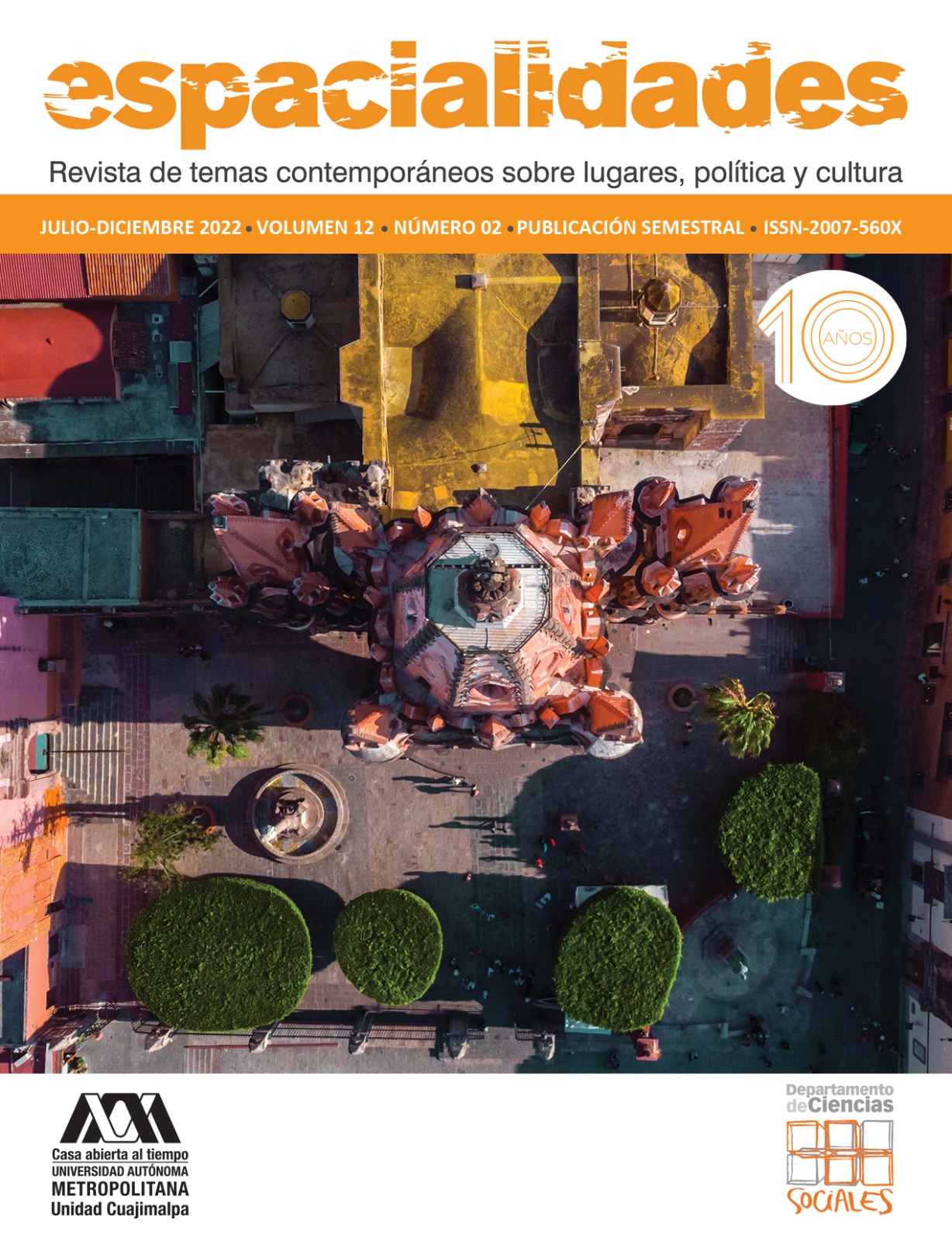Electoral Process 2018, State of Mexico: an Approach from Electoral Geography
Main Article Content
Abstract
In Mexico, talking about electoral geography is relatively new; there are very few works on the matter. The objective of this paper is to analyze the election of Federal Deputy 2018 concurrent with the election of Local and municipal Deputy of
the State of Mexico; to determine the behavior of political parties based on indicators of electoral results, competitiveness and citizen participation; to understand the dynamics of each political party. The method consists of the documentary
and statistical analysis of the 2018 electoral process in the State of Mexico: by federal electoral district, local district and municipalities, the electoral results are processed generating maps by the winning party; secondly, by the margin of victory, electoral competitiveness and participation. Geography is an interesting tool to understand electoral results and the presence
of each political party in an electoral process through the spatial representation of electoral indicators. The results of the 2018 federal deputy election, concurrent with the election of the local deputy and members of the municipalities in the State of Mexico, allow us to see the decline of PAN, PRI and PRD as the main political forces and the emergence of MORENA.

